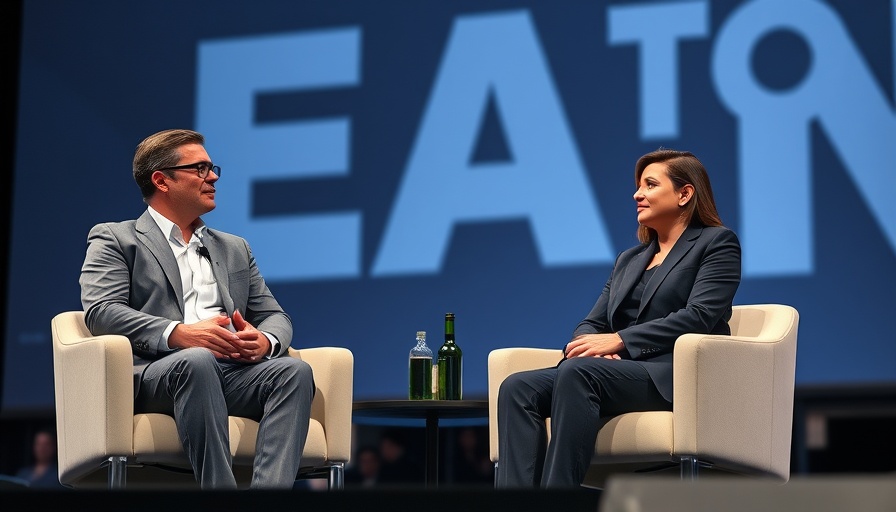
Elon Musk's Bold Prediction for Microsoft and OpenAI
In a surprising twist that has sent shockwaves through the tech industry, Elon Musk, the co-founder of OpenAI, has publicly asserted that his former partner's technology—OpenAI—could potentially dominate Microsoft. Following Microsoft's announcement of integrating OpenAI's cutting-edge GPT-5 service into its Microsoft 365 Copilot, GitHub Copilot, and Azure AI Foundry, Musk hastily declared, "OpenAI is going to eat Microsoft alive." His prediction reflects ongoing tensions between the two tech giants and raises questions about the future dynamics in the AI landscape.
Caught in the Crossfire: Musk vs. Altman
This isn't the first time the paths of Musk and OpenAI CEO Sam Altman have diverged. The two co-founded OpenAI in 2015, with Musk stepping away in 2018 over disagreements on the direction of the company. Their relationship has been punctuated with sharp exchanges, including Musk's previous criticisms of OpenAI's mission and performance. In a recent episode on CNBC, Altman dismissed Musk's threats, remarking, "I don't think about him that much," emphasizing how Musk had previously disparaged OpenAI's potential.
Microsoft's Calm Response
While Musk's predictions sound ominous for Microsoft, CEO Satya Nadella took a different stance. In a typically playful manner, he responded to Musk's tweet by referring to 50 years of competition in tech, underscoring the resilience and innovation that exists in the industry. Nadella’s upbeat perspective highlights a focus on collaboration and learning, suggesting that Microsoft's partnership with OpenAI could continue to yield innovative advancements.
The Future of AI: Implications for Businesses
The integration of OpenAI's capabilities into Microsoft's suite of tools can potentially reshape operational efficiencies for businesses, particularly in automating mundane tasks and enhancing decision-making processes. As AI technologies become more prevalent, understanding how to leverage these tools will be crucial for companies looking to stay competitive. For leaders in the business sector, this prediction isn't just about titans clashing; it's an opportunity to explore how AI can be a catalyst for growth and innovation.
Counterarguments: Is Musk's Concern Justified?
While Musk might believe that OpenAI will overshadow Microsoft, it's essential to consider the robust position of Microsoft and its continuous efforts to innovate. Microsoft has a strong history of bouncing back from challenges and incorporating new technologies effectively. Moreover, its existing infrastructure and client relationships may provide it with a distinct advantage that could balance the scales in this rivalry.
Final Thoughts: The Importance of Keeping Up with Trends
The ongoing debate between Musk and Altman reflects larger trends in technology and finance that business leaders must closely monitor. As a CEO or business owner, staying informed about developments in AI and related technologies can empower you to make better-informed strategic decisions. Whether you view OpenAI as an imminent threat or an incredible tool, the key takeaway is to actively seek out innovations that can enhance your operational capabilities and drive growth.
If you're eager to unlock strategies that can take your business to the next level, now is the time to engage with emerging technologies and understand how they can be tailored to your unique business model.
 Add Row
Add Row  Add
Add 



Write A Comment